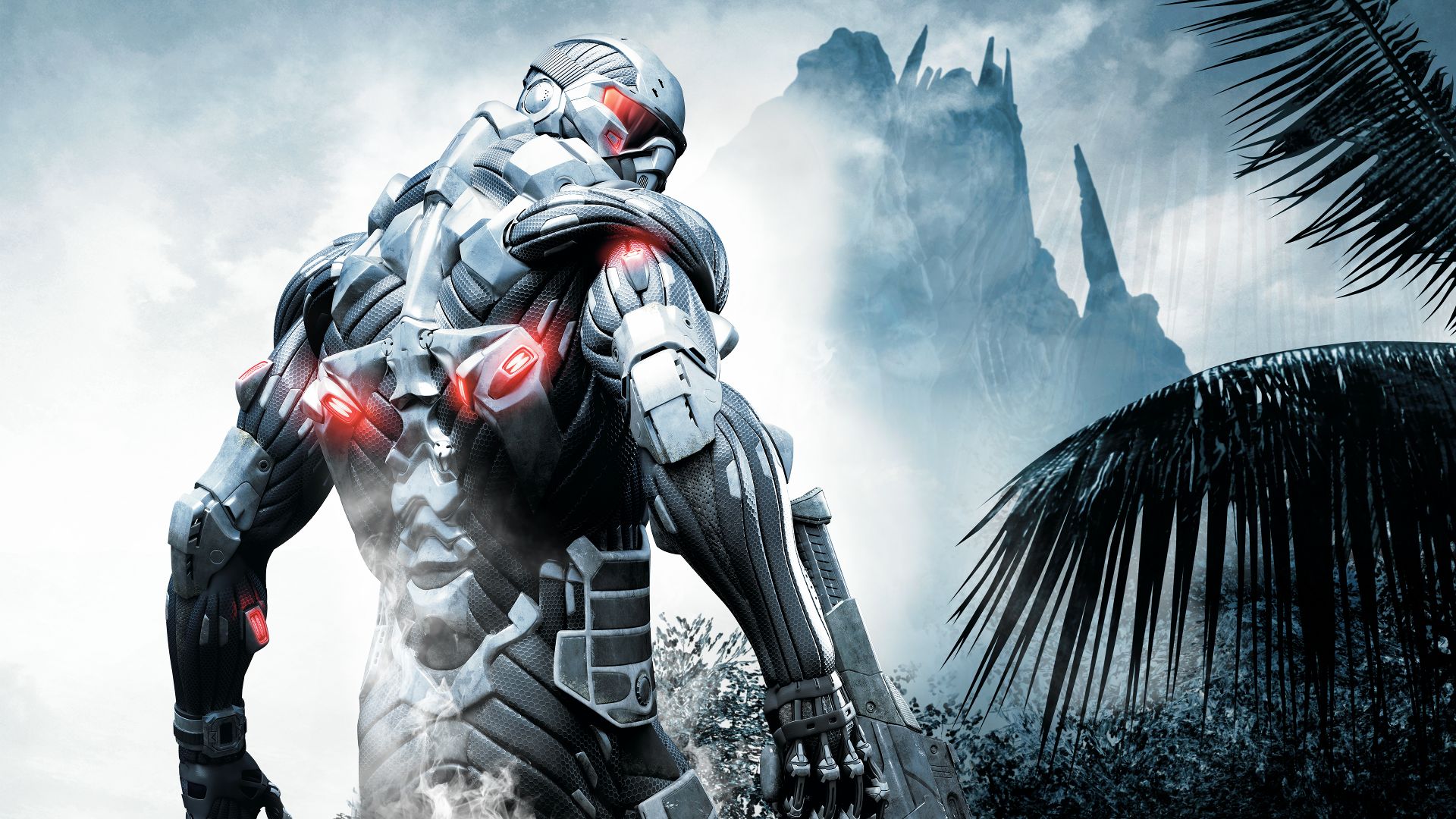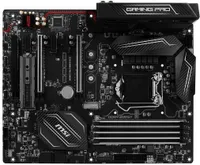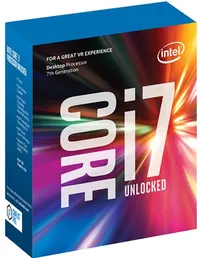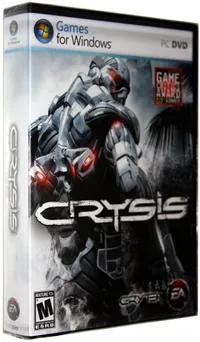But Can It Run Crysis? 10 Years Later
For Crysis' 10th anniversary, we tested all of the flagship AMD and Nvidia GPUs released over the last decade at 1080p, 1440p, and 4K.
A Decade Of GPUs, Benchmarked
“But can it run Crysis?” It’s a question that’s still asked jokingly when new graphics cards are introduced, even if the answer nowadays is almost always affirmative. But exactly 10 years ago, experiencing Crysis in its full glory simply wasn’t possible. Resolutions as low as 1680x1050 were enough to overwhelm the likes of Radeon HD 3870 and the once-mighty GeForce 8800 GTX. Let that sink in. The fastest graphics cards available were too slow for the game’s most taxing settings on relatively mainstream monitors.
Subsequent GPUs continued struggling for playable frame rates, and it took years before the averages approached what most of us would consider acceptable. By the time Tom’s Hardware stopped testing with Crysis, we were well into 2010, GeForce GTX 480 was taking on Radeon HD 5870, and not a single card averaged more than 30 FPS at 2560x1600 in this game.
Why emphasize Crysis’ top quality presets? Because, the game still looks gorgeous when you lock its options to Very High. Let’s compare:
Low/Medium
Selecting the Low preset destroys texture quality, disables procedurally-drawn vegetation, eliminates shadows, handicaps the physics engine, applies a static sky, imposes unrealistic water, dials back effects quality to a minimum, and disables depth of field. This isn’t how we’d want to play Crysis, for sure.
As you can see, just one step up from Low to Medium changes Crysis' ambiance completely.
Medium/High
Perhaps the most dramatic difference between Medium and High quality is the former’s lack of motion blur. The effect is especially apparent in this captured frame, where that rock in the ocean and the trees behind it pan left to right quickly. HDR lighting is missing from the Medium quality screenshot, creating a universally brighter and less authentic scene.
Memory use jumps more going from Medium to High quality than any other transition available in Crysis’ settings.
Get Tom's Hardware's best news and in-depth reviews, straight to your inbox.
High/Very High
The Very High preset has a subtler effect on quality than going from Low to Medium or Medium to High. However, a side-by-side comparison reveals clear differences in lighting, shadows, water rendering, foliage density, and texture quality.
DX9/DX10
And how about the difference between DirectX 9 and DirectX 10? You’d probably have a hard time distinguishing one from the other without the in-game info. And the performance delta that once existed between modes is far less prevalent after the work Crytek did to patch Crysis in the months following its introduction.
All of the benchmarks we’re running today invoke DirectX 10 in a 64-bit environment.
How We Tested Crysis
We threw around a number of different ideas for the 10-year anniversary of Crysis, and over the next few of days, you’re going to see us benchmark the game in a couple of ways. To start, though, we’re taking flagship graphics cards from AMD and Nvidia spanning the last decade, and comparing their performance.
On the AMD side, this gives us:
- Radeon HD 3870
- Radeon HD 4870
- Radeon HD 5870
- Radeon HD 6970
- Radeon HD 7970
- Radeon R9 290X
- Radeon R9 Fury X
- Radeon RX 580
- Radeon RX Vega 64
We had most of these cards in our library. The couple we lacked were quickly snatched up from eBay auctions.
Next, we gathered up a gaggle of GeForces:
- GeForce 8800 GTX
- GeForce 9800 GTX
- GeForce GTX 280
- GeForce GTX 480
- GeForce GTX 580
- GeForce GTX 680
- GeForce GTX 780 Ti
- GeForce GTX 980 Ti
- GeForce GTX 1080 Ti
Again, we had most of these. Gaps in our line-up were graciously filled by Nvidia, which pulled from its own library of cards.
While we debated pairing each GPU to its era-appropriate platform, that would have over-complicated our little exhibition, simultaneously adding variables to our graphics benchmarks. So, we dropped all of these cards onto our MSI Z270 Gaming Pro Carbon motherboard, which was recently upgraded to host a Core i7-7700K CPU. The processor is complemented by G.Skill’s F4-3200C14Q-32GTZ memory kit. Crucial’s MX200 SSD remains, as does the Corsair H110i cooler and be quiet! Dark Power Pro 10 850W power supply.
This platform runs the latest version of Windows 10 with all of its updates and patches installed. And that’s a bit of an issue when you’re trying to test graphics cards that stopped receiving driver updates more than four years ago, before Windows 10’s time. Nevertheless, we used a bit of creative engineering to get as many AMD and Nvidia cards as possible working under the latest drivers.
From there, we improvised by forcing AMD’s older boards to accept known-good driver packages. For instance, Catalyst 13.4 can be pushed through the Device Manager, even if the installer won’t allow you past a certain point. Nvidia’s support for legacy products is far superior. GeForce 342.01 adds official Windows 10 support for Tesla-based cards, including our GeForce 8800 GTX, 9800 GTX, and GTX 280.
We would have loved to use the old Crysis Benchmarking Tool for faster testing, but a desire for results at 1920x1080, 2560x1440, and 3840x2160 forced us to control each run by editing the benchmark_gpu.cfg file and running Crytek's built-in GPU metric. Why pick that test, specifically, when other timedemos yield such different results? Even with a GeForce GTX 1080 Ti installed, the most taxing CPU test pulled frame rates into single digits at times, making it clear that we wouldn’t be isolating graphics. Fly-bys are rarely representative benchmarks. But in this case, the Island GPU benchmark was commonly utilized during Crysis’ heyday, so we'll stick with it for comparing graphics cards to each other.
MORE: Best Graphics Cards
MORE: Desktop GPU Performance Hierarchy Table
MORE: All Graphics Content
-
lun471k Quite interesting. I wonder how the rest of this generation's GPUs would compete in a Crysis benchmark!Reply -
Luis XFX This is awesome! Good work! I've always wondered how today's most powerful GPUs would handle Crysis. Crazy to see that even the GTX 1080ti still barely breaks 60fps at 4K. This game is a beast.Reply -
envy14tpe Wawawow. Love this comparison. Never seen anyone do this..seriously. Once again Tomshardware is the best.Reply -
wh3resmycar 10 years ago i debated someone in the forums that Crysis was crap since his supposed rig ran Unreal 3 games and COD4 just fine. i wonder if that guy is still here. i mean side by side circa 2017 put Crysis along COD4 you'd see and probably understand why the latter was so much ahead of its time. The Map scale and the physics, too.Reply -
gasaraki So the question "But can it run Crysis?" still applies. Only one card can run crysis at 4K above 60fps.Reply -
Kridian What would really be interesting is if they redid Crysis with Chris Robert's updated engine (Star Engine/Lumberyard). What kind of performance gains would we see from a software standpoint?Reply
-
hdmark can anyone give me a clean cut answer as to why crysis was/is so demanding? Is it that they took all of the new graphics technologies at the time and put them into one game? and then over time those technologies matured/were optimized and now we can see games that are better for less?Reply
was it just poorly optimized?
-
jonajohnson3 Right now im playing games like Gmod and Tf2 qute well with a 11 year old pc! Yes they might be really old titles to but they still run well. So for me yes I can run a 11 year old pc.Reply -
DataMeister @HDMARK, I think the game engine for the original Crysis was just poorly optimized, because Crysis 2 ran better on the same hardware.Reply -
therickmu25 There will never be another Crysis. Imagine a developer releasing a game where a 1080ti couldn't run it on the highest settings in 2017. 1. Optimization played a factor I know, but 2. Because it looked 20x better than any game available.Reply
It was a product of the times where developers were still trying to push the envelope for cutting edge graphical techniques.. Pretty cool








